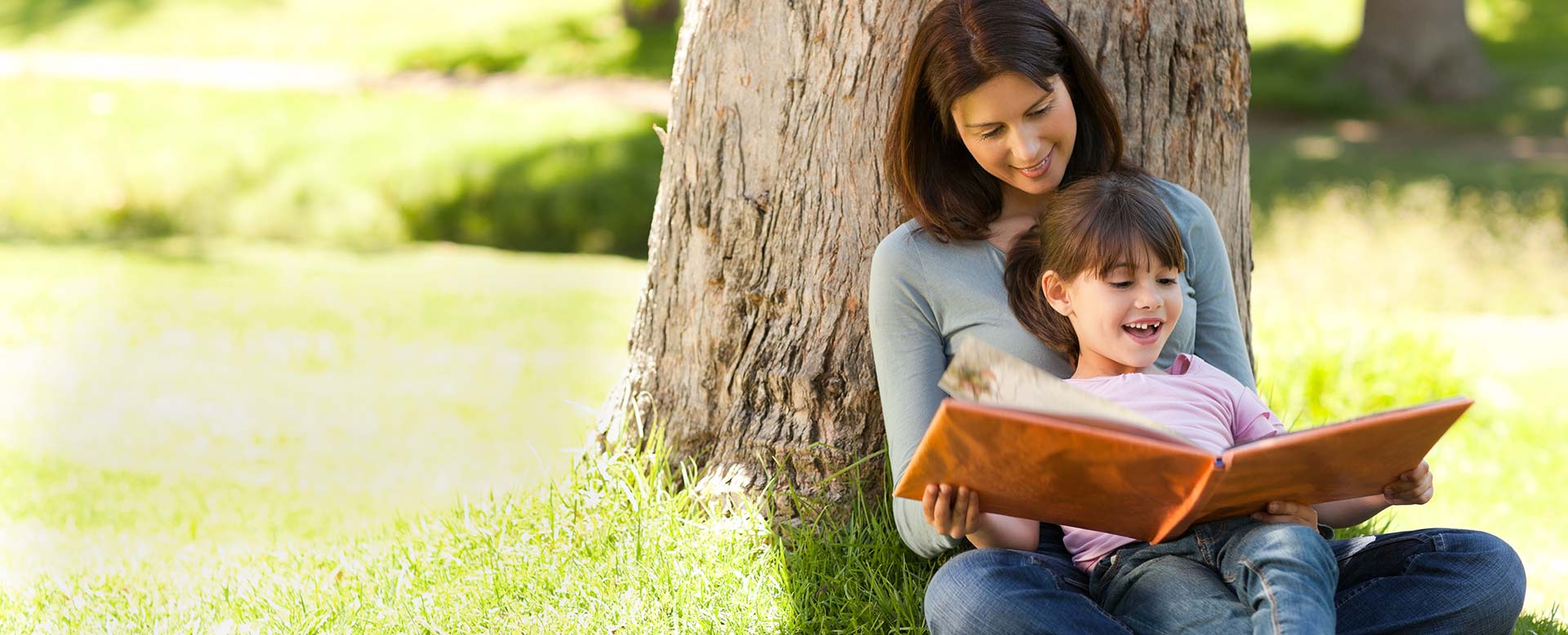How to help children deal with the death of a pet
Pets are important members of our families. We take care of them, sometimes from a very young age. We live with them, sleep with them, and we love them. When they die, all members of the family are affected. The unconditional love they give is sorely missed.
We deal with the sadness in different ways, but it is especially difficult for some children to understand and cope.
Young children are not developmentally ready to understand death the same way adults do. From ages 3 to 5, children tend to view death as temporary and reversible. They may believe that a doctor can bring a pet back to life with a shot or medicine. A 4-year old may believe he caused the pet’s death when he wished for a playful puppy to replace an elderly dog.
From ages 6 to 8, children may know death is final, but they may think it only happens to others. From ages 9 to 11, children begin to understand that death is inevitable, even for them. They may, however, feel responsible for the pet’s death, thinking if only they had taken better care of the pet.
Each child is unique, but parents should consider how much experience the child has had dealing with death. Have you talked with them before about death? What have they seen on TV? The answers will affect your child’s ability to understand and accept a pet’s death.
Here are some guidelines to help:
- Don’t wait to tell them about the death. Be honest, accurate, and brief.
- Be careful about using euphemisms such as “passed away” or “went to sleep” to describe death. For a young child, these phrases may create confusion or fear about going to bed at night.
- Tell what happened; then wait for their questions.
- When children ask for details, they are asking for comfort. But spare them any details that would create a horrible picture in their minds.
- Encourage children to talk about their pet and to share what happened with their teachers.
- Read books together that can help in the grieving process.
- Involve children in the grieving process by asking them what they would like to do about a service to remember their pet.
- Have them draw pictures of the pet.
- Create a memorial garden as a tribute to their pet.
- Share funny stories.
- Plant a tree in the backyard in honor of your pet.Put the pet’s ashes and photos on the fireplace mantle.
Here are some recommended books for helping children deal with the death of a pet:
The Tenth Good Thing About Barney written by Judith Viorst and illustrated by Erik Blegvad; I’ll Always Love You written and illustrated by Hans Wilhelm; The Legend of Rainbow Bridge written by William N. Britton and illustrated by Dandi Palmer;Goodbye Mousie written by Robie H. Harris and illustrated by Jan Omerod; When A Pet Dies, written by Fred Rogers
Sources:
Kimberly A. Cardeccia, MA, LPC, NCC, author of Healing Your Heart When Your Animal Friend is Gone: A Children’s Pet Bereavement Workbook
Abigail McNamee, PhD, EdD, chair of the Department of Early Childhood and Childhood Education at City University of New York.




